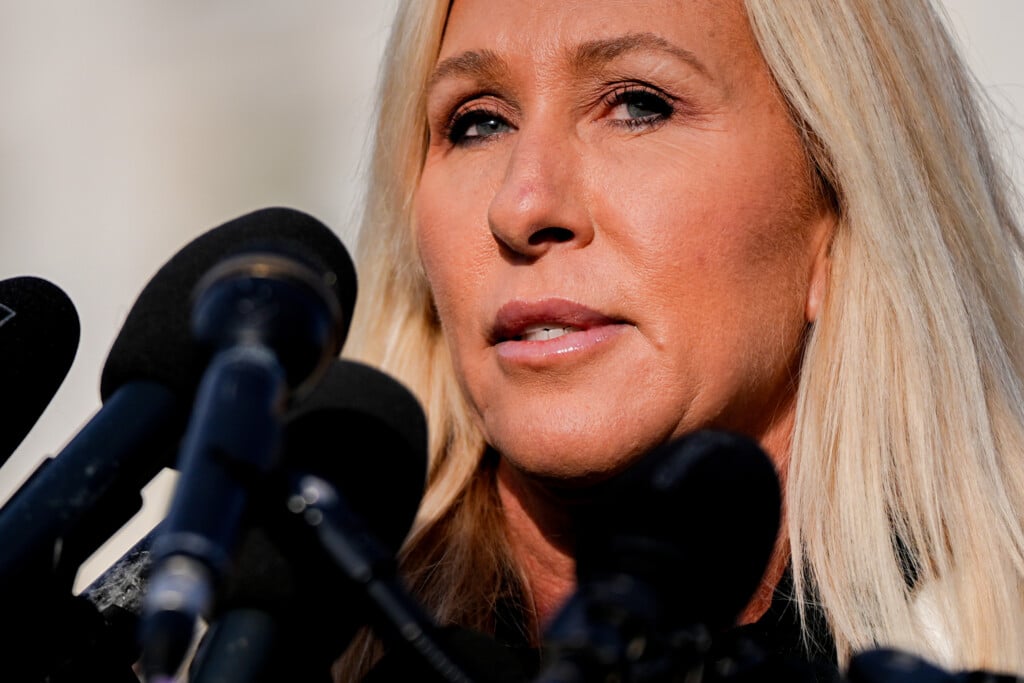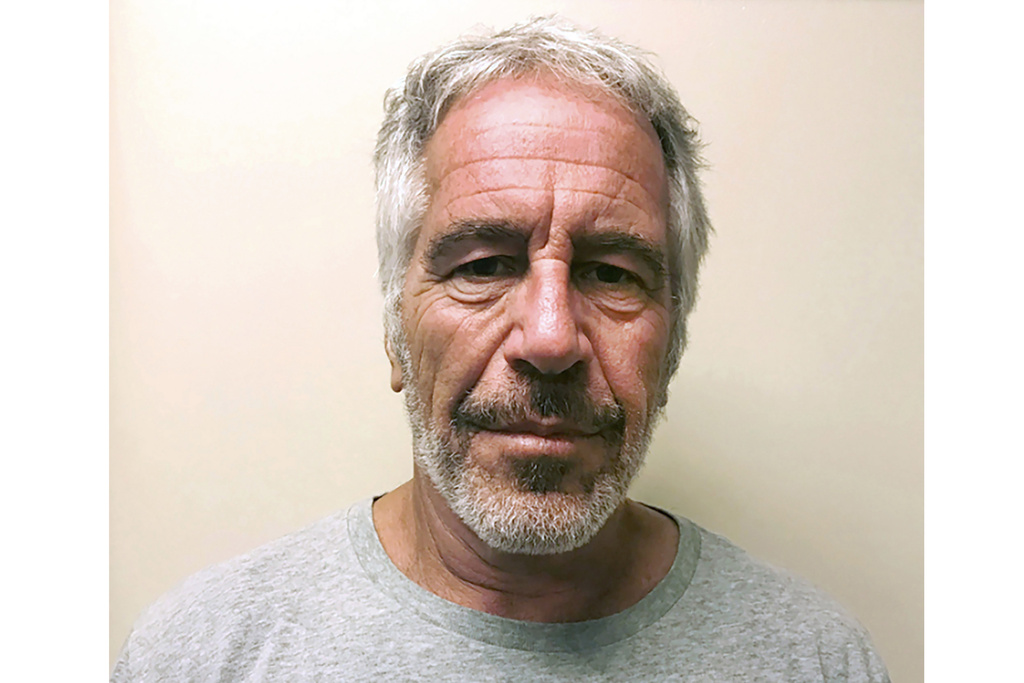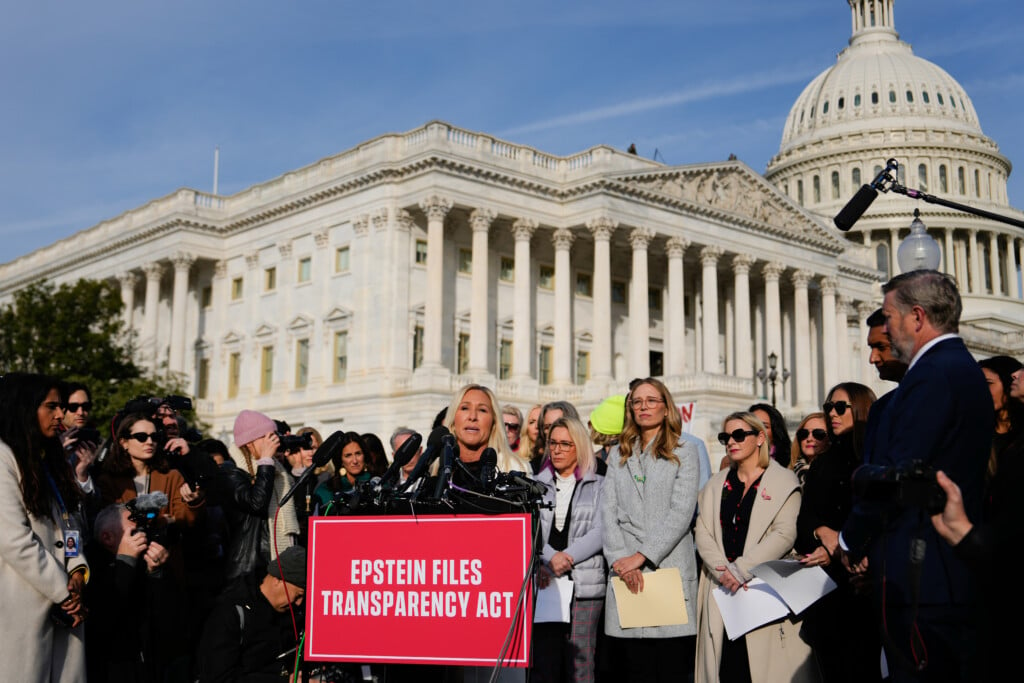Israel and Hamas agree to first phase of Trump-backed peace plan

People react as they celebrate following the announcement that Israel and Hamas have agreed to the first phase of a peace plan to pause the fighting, at a plaza known as hostages square in Tel Aviv, Israel, Thursday, Oct. 9, 2025. (AP Photo/Emilio Morenatti)
Israel and Hamas have agreed to pause fighting in Gaza and to release the remaining hostages in exchange for Palestinian prisoners, adopting parts of a peace plan backed by President Donald Trump.
Asked by CBS News this morning whether he remained confident about things continuing to move forward on more parts of the peace deal to end the two-year war, President Trump said, in a text message, “yes, very much so.”
Several sources close to the president told CBS News that based on conversations last night and this morning, the president understands there might be challenges ahead and complications in completing the hostage release and ceasefire deal, but he believes it will move forward.
For him, one key source said, “it’s not about some chess game or being a wannabe [Henry] Kissinger, but about sort of willing people into actions they don’t want to take through the force of his personality.”
The source said Mr. Trump’s unorthodox ways and unpredictability were key components of his strategy.
Uncertainty remains about aspects of the broader peace plan, such as whether and how Hamas will disarm and who will govern Gaza. But the sides appear closer than they have been in months to ending a war that has killed tens of thousands of Palestinians, reduced much of Gaza to rubble, brought famine to parts of the territory, and left dozens of hostages, living and dead, in Gaza.
The war, which began with Hamas’ deadly attack on Israel on Oct. 7, 2023, has also triggered other conflicts in the region, sparked worldwide protests and led to allegations of genocide that Israel denies.
In the southern Gaza city of Khan Younis, celebrations were relatively muted and often colored by grief.
“I am happy and unhappy. We have lost a lot of people and lost loved ones, friends and family. We lost our homes,” said Mohammad Al-Farra. “Despite our happiness, we cannot help but think of what is to come. … The areas we are going back to, or intending to return to, are uninhabitable.”
In Jerusalem, Sharon Canot celebrated with some others.
“We are so excited this morning, we cried all morning,” she said. “It’s been two years that we are in horror.”
Under the terms, Hamas intends to release all living hostages in a matter of days, while the Israeli military will begin a withdrawal from the majority of Gaza, people familiar with the matter told The Associated Press on condition of anonymity to discuss details of an agreement that has not fully been made public. Some 20 of the 48 hostages still in captivity are believed to be alive.
In a short video posted by U.S. Commerce Secretary Howard Lutnick, Trump was seen speaking by phone to a group of elated hostage families.
“The hostages will come back,” said Trump, who is expected in the region in the coming days. “They are all coming back on Monday.”
Israeli Prime Minister Benjamin Netanyahu plans to convene his Security Cabinet to approve the ceasefire, and the entire parliament will then meet to approve the release of Palestinian prisoners.
Far-right Israeli Finance Minister Bezalel Smotrich, who has opposed previous ceasefire deals, said he had “mixed emotions.”
While he welcomed the return of the hostages, he said he had “immense fear about the consequences of emptying the jails and releasing the next generation of terrorist leaders” and called for Israel to continue trying to eradicate Hamas and ensure Gaza is demilitarized once the hostages are released.
Hamas, meanwhile, called on Trump and the mediators to ensure that Israel implements “without disavowal or delay” the troop withdrawal, the entry of aid into Gaza and the exchange of prisoners.
As Trump indicated, the hostage and prisoner releases are expected to begin Monday, the officials from Egypt and Hamas said, though the other official said they could occur as early as Sunday night.
Five border crossings would reopen, including the Rafah crossing between Gaza and Egypt, allowing 400 trucks in the initial days and increasing to 600 trucks after that, the Egyptian and Hamas officials said.
The Trump peace plan calls for Israel to maintain an open-ended military presence inside Gaza, along its border with Israel. An international force, comprised largely of troops from Arab and Muslim countries, would be responsible for security inside Gaza. The U.S. would lead a massive internationally funded reconstruction effort.
The plan also envisions an eventual role for the Palestinian Authority — something Netanyahu has long opposed. But it requires the authority, which administers parts of the West Bank, to undergo a sweeping reform program that could take years.
The Trump plan is even more vague about a future Palestinian state, which Netanyahu firmly rejects.
After the deal was agreed, Egyptian President Abdel-Fattah el-Sissi met with Trump’s Middle East envoy, Steve Witkoff, and his son-in-law, Jared Kushner, in Cairo on Thursday.
Some 1,200 people were killed in the Hamas-led assault that triggered the war, and 251 were taken hostage.
In Israel’s ensuing offensive, more than 67,000 Palestinians have been killed in Gaza and nearly 170,000 wounded during the war, according to Gaza’s Health Ministry, which is part of the Hamas-run government.
(Copyright 2025 The Associated Press contributed to this report. All rights reserved. This material may not be published, broadcast, rewritten or redistributed.)






